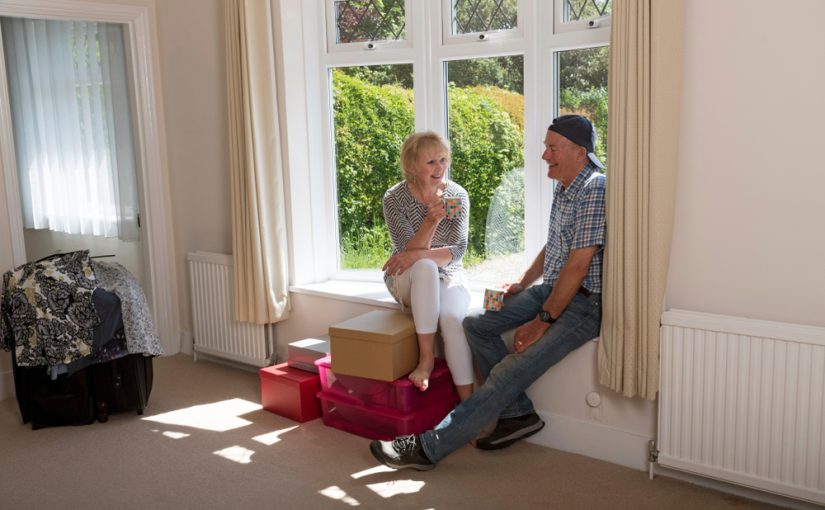When trying to sell a property we all do our best to make sure our home is in tip-top shape and that we present it in the best light possible.
The little things can go a long way when it comes to selling a home and what may look like minor issues to you could be deal breakers to a potential buyer.
ScS recently surveyed several prospective buyers with the goal of discovering the biggest turn-offs when viewing a property.
Whenever you’re selling a home, making each room feel as spacious as possible is key to the sale, so it comes as no surprise that the number 1 turn off is clutter or obvious lack of storage, with 41% of survey participants stating that they would be put off a property which is clearly lacking for space.
Not very far behind at all and chosen by 40% of participants was pets, bad smells and general mess, as it appears that the thought of lasting damage from pets and odours is a big enough deal breaker for some buyers.
Continuing the theme of wear and tear and chosen by 36% of those who took part in the survey was old/damaged carpets, flooring can be quite costly to replace so it is understandable that a worn-out rug could ruin a viewing.
The kitchen is arguably the most important room in a home when it comes to a viewing as if it’s not to the buyers liking, it’s easily one of the most expensive rooms to renovate. This holds true according to the results of the survey, as 35% of people said they would not buy a home if they were not a fan of the kitchen.
Coming in at 5th place was being near a main road, as one-third of us (33%) prefer a home in a more secluded spot away from noisy traffic.
The study also found which features were considered ‘must-have’ with 57% searching for a home with the right number of bedrooms, 40% looking for off-street parking, 32% wanting a well-maintained garden and a similar number of participants looking for new windows and a new kitchen, chosen by 31% and 30% respectively.
Fife Properties Managing Director, Jim Parker commented, “Buying a home is a major investment and while most people are put off by clutter, bad smells, worn carpets and having to renovate there is still a market for properties like this. However, with professional guidance from our experts, you would be surprised at what you can achieve. The key is to get the right professional advice before doing anything and that is where we excel.”
Fife Properties can do an initial pre-marketing home assessment to ascertain and advise of any issues that might affect your properties saleability. You can book a FREE initial consultation today at the following link https://www.fifeproperties.co.uk/property-valuation/







